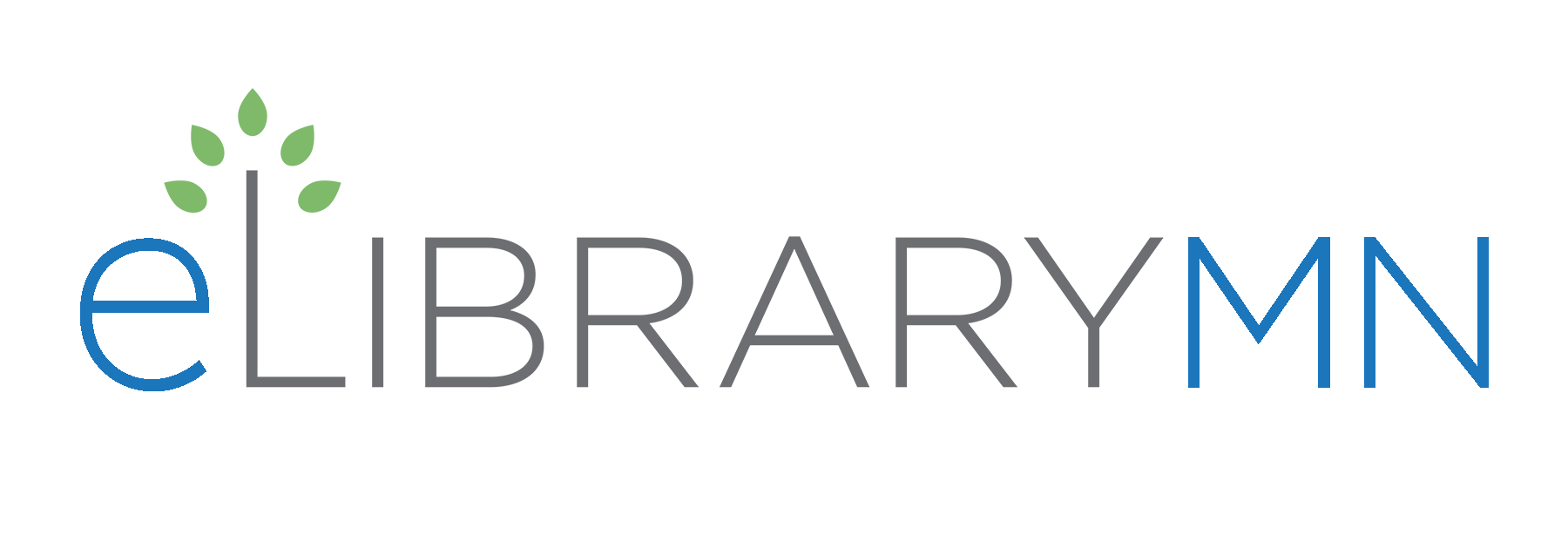by Rita Baladad
Quick Summary
The Association for Library Collections and Technical Services (ALCTS) recently offered a webinar called “Tailoring Communications to Different Audiences.” Although the intended audience for this webinar was technical service librarians and staff, the seven rules instructor Jenni
-
Be concise
The cardinal rule for all communication is don’t waste the reader’s time. Specifically, in an email, get to the point at the very beginning of the email, in the very first sentence if you can.
-
Know your audience
Audience is anyone receiving the message. Audience determines the medium (the format of the message—email, text, poster, presentation, etc) and the formality (not only formality in word choice but also formality of medium: email is more formal than a text message; a poster is more informal than a presentation).
-
Be clear
Make it easy for your audience to take the action you want: a yes/no question is easier to answer (and easier to understand) than an either/or question. When asking somebody to make a choice, offering up a Hobson’s Choice is usually more effective.
-
Mirroring creates rapport
When in doubt about what formality level to use in communications, mirror your audience (or whoever has communicated with you): if a vendor addresses you by first name, use her first name, too.
-
People won't read (corrolary: people won’t see signs)
One example: when sending vendor marketing material to staff, don't just email the link pointing to the vendor's marketing material: staff will probably be overwhelmed by the information on the vendor webpage. Instead, pick out one or two of the materials and attach it to the email; summarize what else is available; and send the link. And, especially with patrons, keep words to a minimum.
-
Avoid jargon
Know your audience: “ALA ALCTS CRS” is probably jargon to anybody not in techncial services (when in doubt, spell things out!). The instructor noted that people in technical services are often called upon to be translators (between vendors and library staff; between IT and librarians/users; between IT and vendors, etc). All communication at a basic level is translation: interpreting ideas for different audiences. Never assume that these different audiences share your terminology or work experiences.
-
Know thyself
Know your strengths and weaknesses and know your place of work, too. Be sure to familiarize yourself with how your place of work communicates both internally and externally.
